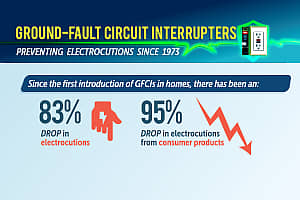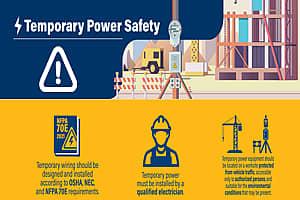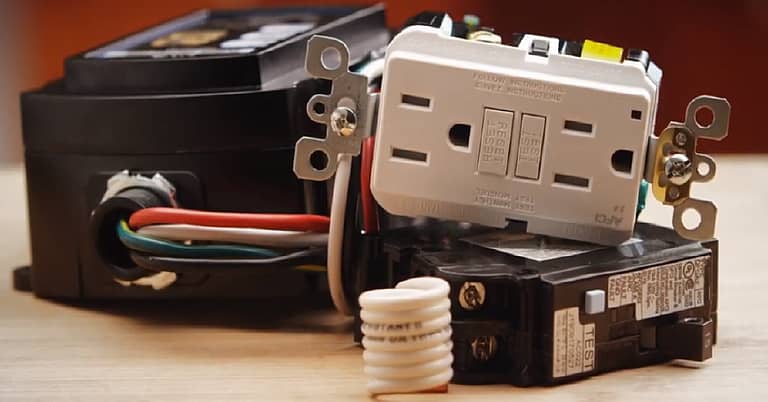Ground Fault Circuit Interrupters (GFCI) were first introduced in the bathrooms of homes as required by the 1975 edition of the National Electrical Code. Prior to 1975, only outdoor receptacles and receptacles near swimming pools require GFCI protection. Since then, GFCI requirements grew as in-home electricity use and the amount of potential contact with water and electricity in homes increased.
In the ten years between 1971 and 1980, there was an estimated average of 1,101 electrocutions in the United States, including 491 consumer product electrocutions every year. As GFCI requirements expanded, the number of electrocutions dropped significantly. Between 2011 and 2022, there was an estimated average of 246 electrocutions a year, including 41 consumer product electrocutions.
GFCI Facts
- 80% drop in electrocutions since the introduction of GFCI protection in bathrooms in 1975
- 93% drop in consumer product electrocutions between 1975 and 2020
- Since 1978, the median year the average American home was built, GFCI requirements have expanded to include six additional locations in homes
What if GFCI Protection was not Required
- There would be an estimated* 603% increase in electrocutions
- There would be an estimated* 1,118% increase in consumer product electrocutions
According to the U.S. Energy Information Administration, residential U.S. energy usage has increased from 0.7 trillion kilowatt-hours in 1978 to 1.5 trillion kilowatt-hours in 2020, an increase of 114%.
Required GFCI Locations
- 1971: Outdoor Receptacles
- 1975: Bathrooms
- 1978: Garages
- 1981: Spa and Hot Tubs
- 1987: Residential Kitchens
- 1987: Unfinished Basements
- 1990: Crawlspaces
- 1993: All Sinks
- 2005: Laundry / Utility Rooms
- 2017: Commercial Kitchens
- 2020: Outdoor Hardwired Outlets / Sump Pumps








